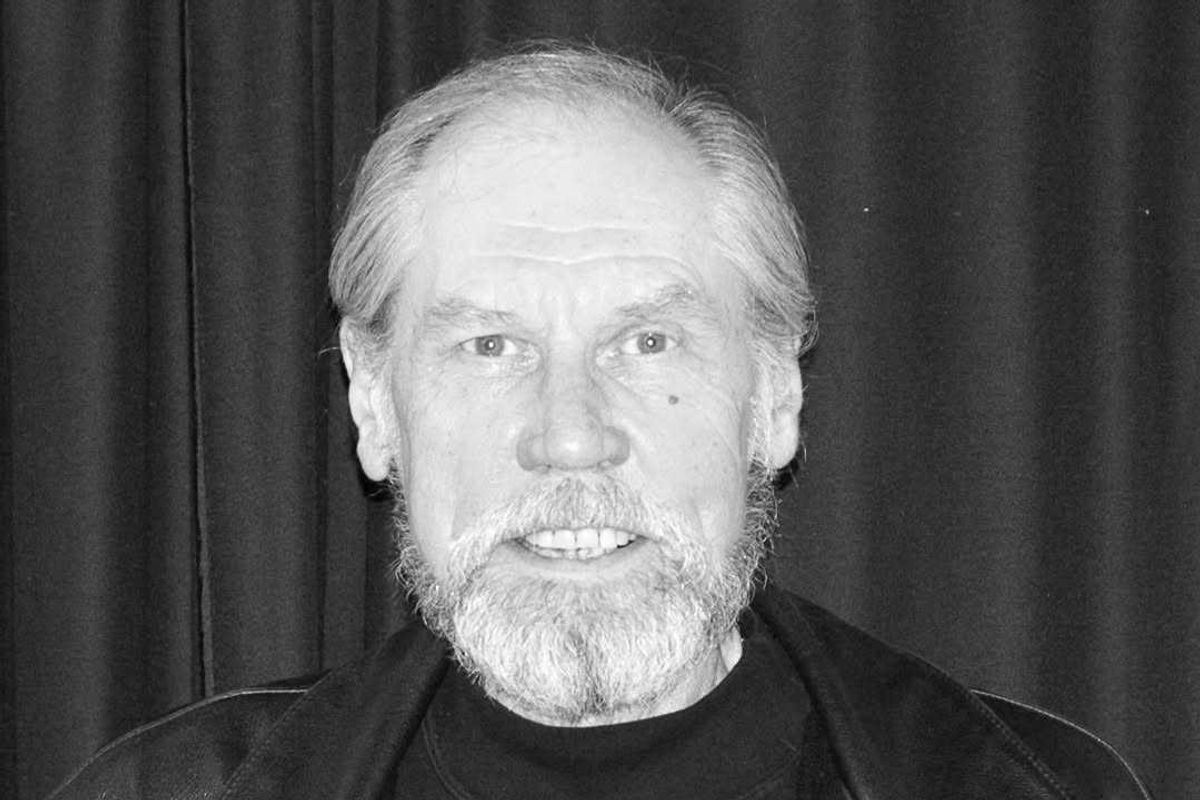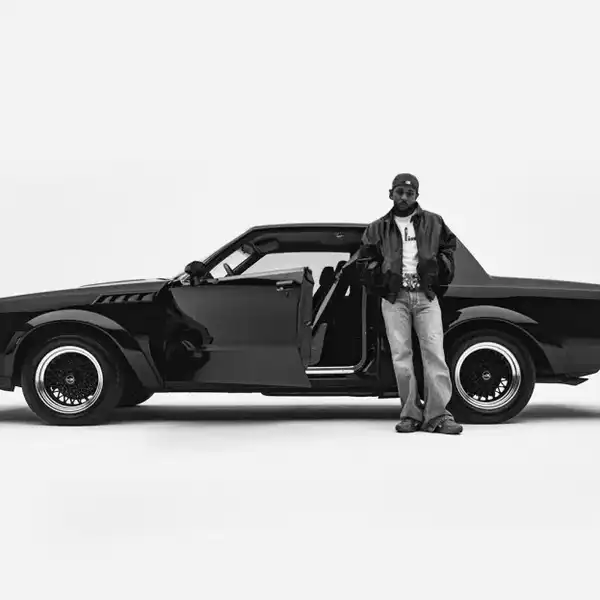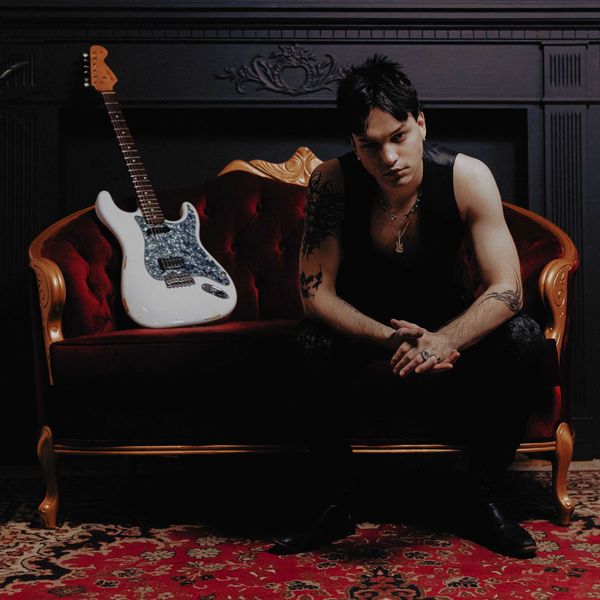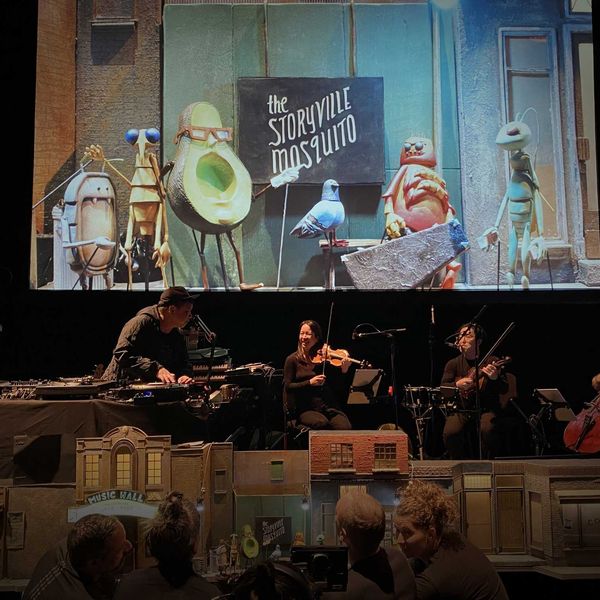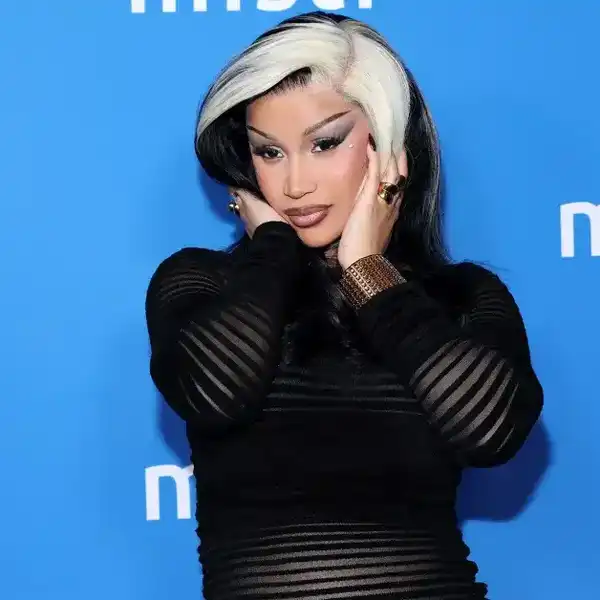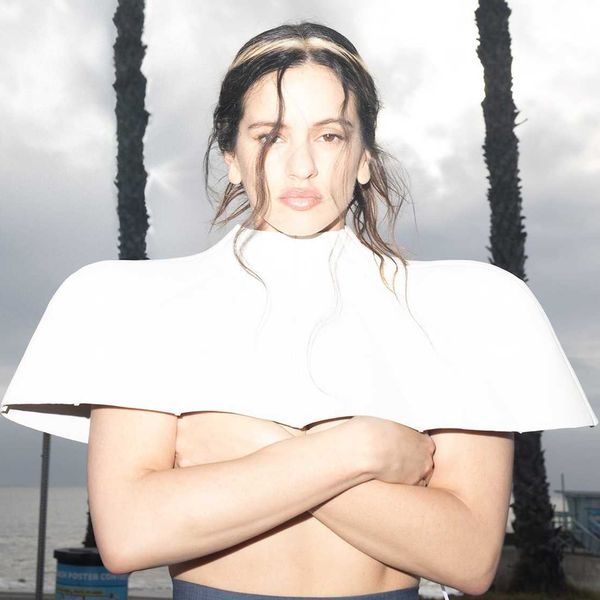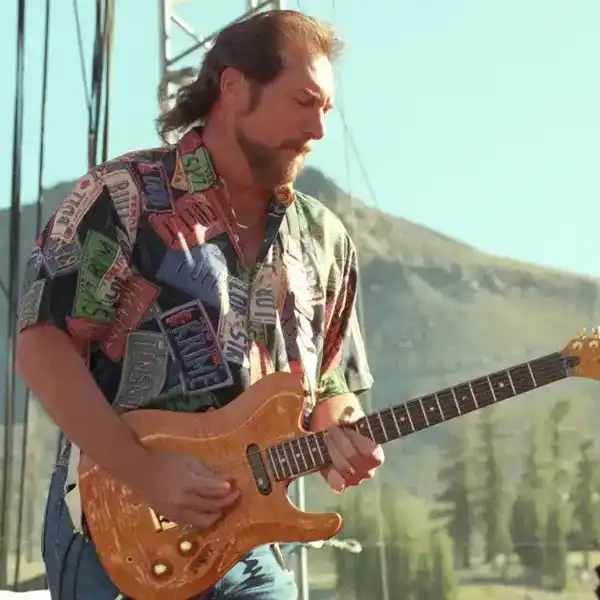Five Ways To Jazz Up West Side Story!
Here are five takes on songs that still excite generations from a timeless score and masterful storyline.
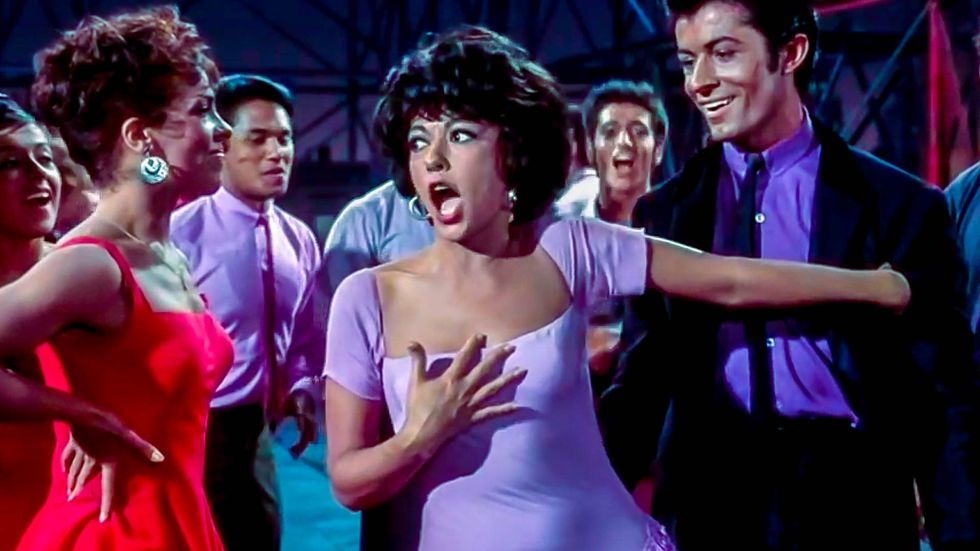
By Bill King
I have the Leonard Bernstein score, and there are days I’ll sit at the piano and slowly dig my way through the interludes, the crescendos, the epic orchestrations, and marvel at the grandiose sections - the sympathetic and emotional interplay between boy and girl. There will never be a score like this. Recent Academy Award winner, La La Land for all of the awards and acclaim, doesn’t own one melody or line of sheer brilliance deep in its skeletal core that could hold a candle to West Side Story. I have never heard one person recall a song from the score. West Side Story - the songs are the story. They transport us from tenement house to the playground, from fight scenes to inside the fragile human heart.
“It is widely known that West Side Story (WSS) is based directly on Shakespeare’s Romeo and Juliet (R&J). Far less well known is the fact that Shakespeare based his play (1594) on other material, particularly a narrative poem by Arthur Brooke entitled The Tragicall History of Romeus and Juliet (1562). The theme of two lovers thwarted by circumstances beyond their control, however, had long before been established in Western legend: Troilus and Cressida, Tristan and Isolde, to name only two such pairs. In more recent times, American folklore had assimilated the myth into the feud between the Hatfields and McCoys. Brooke’s description of R&J as an "unfortunate coople" displays a puritanical streak.” - Jack Gottlieb
On the big screen, it was the presence of actress Natalie Wood that gave the musical and film an almost dreamlike quality. Wood’s grand beauty and vulnerability shone through. Still, it’s the music that endures. Below are five takes on songs within the score that still excites each generation that experiences this magnificent score.
I Feel Pretty – Sarah Vaughan – Sassy Swings the Tivoli (Live at the Famous Tivoli in Copenhagen) 1963
Kirk Stuart, piano, Charles Williams, double bass, George Hughes, drums, and produced by Quincy Jones.
I was looking for material to produce vocalist Sophie Milman’s self-titled debut in 2004. Weekly, Milman would drop by my basement studio and collect a variety of recordings; everything from Carmen McRae, Shirley Horn to Sarah Vaughan. Milman returns with Vaughan’s version of I Feel Pretty – drawn to it by the tempo changes and righteous swing. This was an easy call. Vaughan’s version is amongst her best sides from the ’60s, and it’s live. The heart and soul of the song remain intact, as does Vaughan’s unbridled energy and will to swing. With Quincy Jones in the mix, the audio capture and choice of performances are spot on.
Cool – June Garber – Here’s to You - 2008
Bill King producer/piano, Duncan Hopkins bass, Mark Kelso drums, Mike Murley tenor saxophone, William Sperandei trumpet.
June and I discussed the inclusion of a song from West Side Story in Here’s to You. The obvious choice, Somewhere, had been overdone by numerous artists. What hadn’t been worn to the bone – Cool!
The song arrives as a choreographed background stand-off between rival gangs. “Turn off the juice, boy! Go, man, go, But not like a yo-yo schoolboy. Just play it cool, boy, Real cool!” The challenge? Condensing the Broadway orchestration down to size. Murley and Sperandei rip. The second challenge? The jazz! This was accomplished by adding a couple of interludes and fierce improvisation.
West Side Story Medley – Buddy Rich’s Swingin’ New Band - 1966
“Perhaps his most popular later performance was a big-band arrangement of a medley derived from Leonard Bernstein's West Side Story, first released on the 1966 album Swingin' New Big Band. The West Side Story Suite is a complex big-band arrangement which highlights Rich's ability to blend the rhythm of his drumming into his band's playing of the musical chart. Penned by Bill Reddie, Rich received the West Side Story arrangement of Leonard Bernstein's melodies from the famed musical in the mid-1960s and found it challenging. It consists of many difficult sections which feature 4/4 and 6/8 time signatures; it took almost a month of constant rehearsals to perfect. It later became a staple in all his performances, clocking in at various lengths from seven to fifteen minutes. In 2002, a DVD was released called The Lost West Side Story Tapes that captured a 1985 performance of this, along with other numbers.” Music Database Musician – Radio Swiss Jazz
Tonight – Oscar Peterson Trio – West Side Story (Verve) 1962
Peterson piano, Ray Brown bass, and Ed Thigpen drums.
When first released, Peterson took plenty of flack from what critics sited as “gimmickry.” A good portion had bought into Night Train, released the following year and its roots blues. For this budding 16-year-old jazz pianist, there was nothing comparable. The arrangements are dense, complex and crafted with care. There are moments of smart counterpart between bass and piano and plenty hard-core swing sections. Tonight swings mightily right from the downbeat. Peterson twists the melody and trades lines with bassist Brown as Thigpen lightly stabs and jostles the duo forward with his sympathetic brushwork and then the pay-off – chorus after chorus of burning swing, then round after round of exuberant shout choruses and stop-time ending.
Charlap piano, Peter Washington bass, and Kenny Washington on drums.
Charlap and side mates take a decidedly different take on this beloved ensemble dance piece. This is the big choreographed sequence melted down to trio size yet with bubbling enthusiasm courtesy of the interplay between bass and drums at its base. Charlap keeps it light and airy delivering the melody lines in unison octaves. The performance is given ample space to breathe and very much a mirror image of its big orchestra brother – not duplicating note for note but for its sheer reverence for the composer’s spirit.

